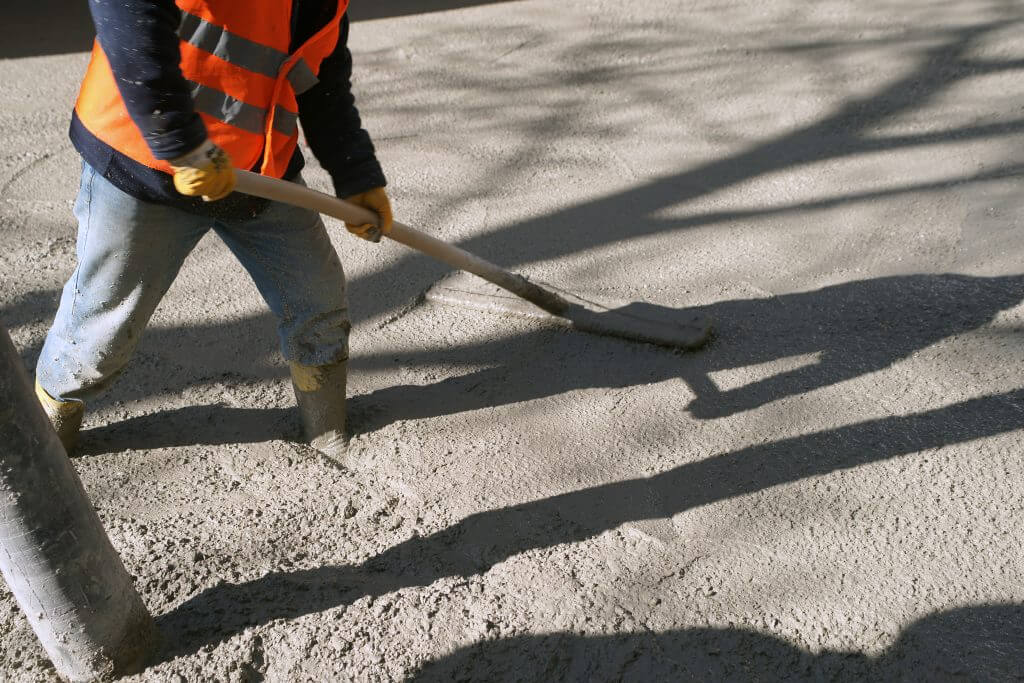Precautions To Take When Pouring Concrete This Winter
Posted on 17th September 2019 by Ever Readymix Concrete
Pouring Concrete in Cold Weather
As we approach winter, it’s important to consider how the colder temperatures might affect construction projects. Winter weather can be detrimental to the concrete pouring process, so we’ve made a list of helpful hints you can take onboard to make sure you get it right first time.

The biggest potential problem is that the concrete could freeze, causing the surface to be cracked or uneven. This is also at risk of happening during the concrete curing process, where the temperature of the concrete should be maintained for around 48 hours to ensure optimal strength. Even if the temperature is optimal during the day, it can plummet at night, so a heated enclosure may be a good investment.
Here are our top tips on preventing frozen concrete, for the perfect pour:
Avoid frozen ground
- Concrete should never be poured onto frozen ground or snow, as this will cause the surface to crust – this occurs when the top sets before the bottom. Then, once the ground eventually thaws, the concrete will be displaced and crack, meaning you’ll have to redo the whole thing. The ideal temperature for concrete is around 10-15°C whilst being poured and for two days afterwards.
Warm the surfaces
- Before you start, you can protect the ground from cold and frost in advance by laying tarpaulin across it the day before, preventing it from becoming frozen overnight.
- It’s also important to warm up the boom that the concrete is being poured from in order to prevent it from freezing, which would cause the process to be held up whilst the boom is cleaned out.
Add hot water to the concrete mix
- Adding hot water to the concrete mix during the waiting period prevents the concrete from freezing before it’s poured. This decreases the chances of it becoming blocked in the pipeline when it comes to pouring.
Insulate concrete pipelines
- Another precaution you may want to take is to insulate the pipes carrying the concrete to the pour site. You can do this by placing foam tubes around the pipeline, preventing them from becoming too cold for the concrete to pass through.
Use a concrete accelerator
- Concrete accelerators can be added when pouring concrete in cold temperatures, and work by speeding up the time it takes the concrete to set. These accelerators are great during winter when it’s really important to make sure the top of the concrete doesn’t set before the bottom. It’s worth noting that they should no longer be used once the weather gets warmer, though.
Pouring concrete in winter doesn’t have to be stressful. Here at Ever Readymix, we supply and deliver concrete for all kinds of domestic and commercial projects, whether you’re a large construction company or an at-home DIYer.
We also operate a concrete pump service alongside deliveries, making awkward nooks and crannies accessible and speeding up your project. Take the hassle out of your construction project by leaving it in the hands of one of Yorkshire’s largest concrete suppliers – contact our friendly team today for more information.


